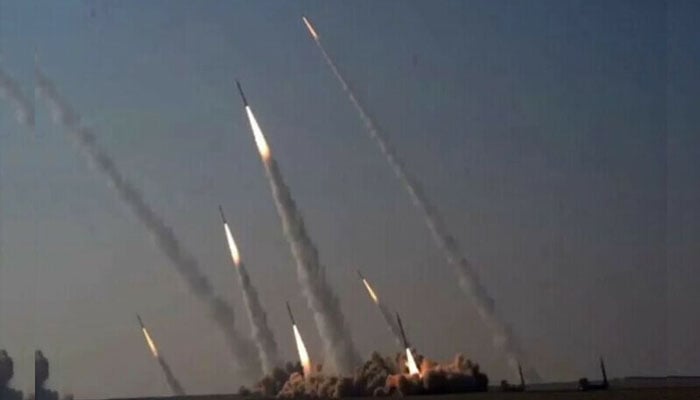Ballistic vs Cruise Missiles – Key Differences Explained Simply
Below are the main differences between Ballistic and cruise missiles.

Ballistic and cruise missiles are two different types of missiles, each using a different method to hit a target. Below are the main differences between them, explained in simple terms:
1. Flight Path
Ballistic missile:
Flies high into the atmosphere like a rocket and then falls toward the target under the force of gravity.
Its flight path is arc-shaped, like throwing a ball.
Cruise missile:
Flies close to the ground or sea surface, similar to an airplane.
Its flight path is straight and at low altitude, making it harder to detect by radar.
2. Speed
Ballistic missile:
Travels at very high speeds, often hypersonic (above Mach 5).
Some intercontinental ballistic missiles (ICBMs) can reach speeds over Mach 20.
Cruise missile:
Usually subsonic (below Mach 1) or supersonic (slightly above Mach 1).
Hypersonic cruise missiles are still in the advanced research phase.
3. Propulsion (Fuel and Engine)
Ballistic missile:
Uses a rocket engine in the initial phase.
After that, it falls freely (ballistically) without engine power.
Cruise missile:
Uses a jet engine or turbofan engine that powers it throughout the entire flight.
4. Range and Target Use
Ballistic missile:
Designed for long-range attacks, from short-range to intercontinental distances.
Often used to deliver nuclear warheads.
Cruise missile:
Effective for short to medium-range targets.
Mostly used for precision strikes against specific targets.
5. Detection and Interception
Ballistic missile:
Flies at high altitudes, making it easier to detect early by radar.
However, it is difficult to intercept due to its speed and trajectory.
Cruise missile:
Flies at low altitudes, often under radar coverage.
This makes it harder to detect and a greater threat to defense systems.
